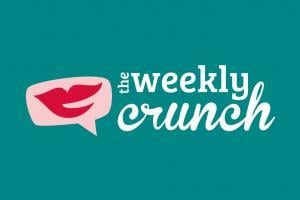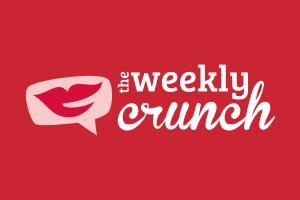Why Cuddling Therapy Is On The Rise
When was the last time you hugged someone or got hugged? People love hugs, but they’re often frightened to instigate them because they fear rejection. However, the American author and therapist, Virginia Satir, noticed that “we need 4 hugs a day for survival. We need 8 hugs a day for maintenance. We need 12 hugs a day for growth.”
A hug is a form of nonverbal communication and is the most common way to express love and affection. Everyone needs physical contact to survive, and hugging is an act of giving and receiving the support and love people need.
As humans, we crave interaction with other humans and the benefits of touch have been confirmed by multiple scientific studies. Unfortunately, most of us don’t get enough meaningful connection in our lives and that explains why in our touch-starved culture cuddle therapy, providing restorative cuddle sessions, is on the rise.
How does cuddle therapy work?
Learning to be comfortable with touch can be incredibly hard, especially when your trust has been challenged or even broken and receiving cuddles from a stranger could be even odd. But according to the rules established by cuddle parties and cuddling websites, nothing happens that both people don’t verbally agree to in advance. Sessions usually begin with a consultation in which the cuddling therapist discusses the client’s history of, and relationship to, touch.
All human beings have bodies and emotions – Co-Founder & Director of Cuddlist.com, Madelon Guinazzo, said.- We need to feel a sense of physical and emotional safety and belonging to others. This is the experience our cuddlists are trained to provide. It is pioneering work. We are bringing something new and needed for those who are ready to try it. We don’t expect it to be right for everyone and we are adamant about no one being touched in any way they don’t want to be. What we do believe is that every time one person becomes more relaxed, happy and connected it ripples out and improves things for the rest of us.
Health benefits of hugging
Research shows that hugging is extremely effective at healing sickness, disease, loneliness, depression, anxiety and stress. This form of contact has also been linked to decreased blood pressure, helping us to reconnect with our best, most natural and alive self. Yes, contact triggers the release of the bonding hormone oxytocin and boosts serotonin, as well as strengthening the immune system. Hugs can also help improve self-esteem and happiness.
The thing is that tactile sensations and self-worth from our early years remain embedded in our nervous system into adulthood. This means that affection from our parents and family remain with us on a cellular level, and hugs we receive throughout our lives remind us of this at a somatic level.
Next time try to make serious efforts to be more tactile with your nearest and dearest. You will be surprised how often they need to be hugged.




